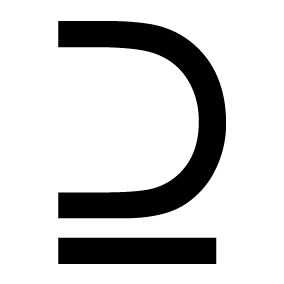Clarity drives confidence, purpose, and alignment across teams. Adopt a model where design is centralized for strategy and cross-functional collaboration but decentralized for operational execution.
By Sophie Gillstedt, Global CX Strategy and Research Lead at H&M
Clarity Before Creation
Once the door was open, H&M recognized that clarity and ownership were non-negotiable. The briefing process guarantees that every project a designer takes on has a clear purpose, defined goals, and engaged stakeholders.
“We’re tough about the assignments we take on. It’s essential to have a good briefing process and a committed owner. We iterate until the brief is crystal clear, setting expectations about what designers should achieve.”
Additionally, the Design Operations team at H&M has crafted a structured framework grounded in proven ‘tried-and-tested’ principles, tailored to their specific needs. A crucial aspect of this framework is understanding the boundaries of designers’ involvement.
Balancing Innovation and Implementation
H&M’s entrepreneurial spirit fostered a vibrant culture where creative ideas could thrive, but this abundance of creativity also brought its own set of challenges.
“HM is a company created by opportunities – the entrepreneurial spirit. That has probably been a key for Service Design to thrive because people are curious and open to creativity”
“Ideas are never the problem. The challenge is ensuring the right ideas don’t stay just as ideas. We introduced a clear briefing process that made it easy for anyone to document their idea, present it, and get buy-in. It creates a balance between creativity and responsibility.”
This structure doesn’t constrain creativity but rather channels it toward actionable outcomes, ensuring good ideas don’t remain merely theoretical.
Community as Foundation
To keep the momentum going, H&M nurtured a dynamic design community. Weekly meetings provide a platform for teams to come together, share updates, celebrate successes, and learn from each other.
“It’s a space for inspiration and connection.”
Leadership meetings provide an additional layer of support, helping to ensure alignment and a shared sense of purpose throughout the organization. This community-building creates resilience in the design practice and helps sustain enthusiasm even through challenging projects.
By Annette Öberg, Head of UX & Service Design at Swedbank
Structuring Designers for Maximum Impact
The way a design organization is structured can deeply influence its success. Annette champions a hybrid model, combining the strength of a centralized community with the effectiveness of decentralized execution.
“We have a strategy for how we structure design. We centralize design overall, but we still decentralize designers into product teams, into the operational development work, where we turn insights into real outcomes and deliver value to customers. I believe in a unified design function because our collective strength helps build maturity at all levels. If we were to fully decentralize, there’s a risk that designers would get absorbed into parts of the organization that aren’t yet mature enough, places where they wouldn’t have the impact they’re capable of.
Designers are naturally good at collaborating and learning from each other. It’s part of how we work, we look for connections and synergies to create value in the bigger picture. That’s why staying connected through a central community is so important. At the same time, designers need to be embedded in the teams shaping the bank’s digital products. That’s where their insights make a real difference. That’s why I believe in the hybrid model—centralized to build strength and unity and decentralized to ensure we stay close to customer needs during product development. It’s at the intersection of strategy and execution that design shapes the future of customer experiences.”
By Karin Hedman, Head of Customer Experience, Scania
Decentralizing Design to Maximize Impact
Historically, UX and UI roles have been part of the Information Technology family, while Service Design and Journey Leads have been within Business Development. Efforts are underway to bring all design roles together under a new Design family within Business Development.
At Scania, role definitions for all positions are being established within a global HR system. UX was included with some elements of Service Design, but Service Design as a distinct role was not fully incorporated. This has contributed to ongoing uncertainty about the role of Service Design within the organization.
The challenge remains in ensuring that designers are present in broader strategic discussions. More representation is needed in these areas to strengthen understanding and enable better integration of design practices at all levels of the organization.

